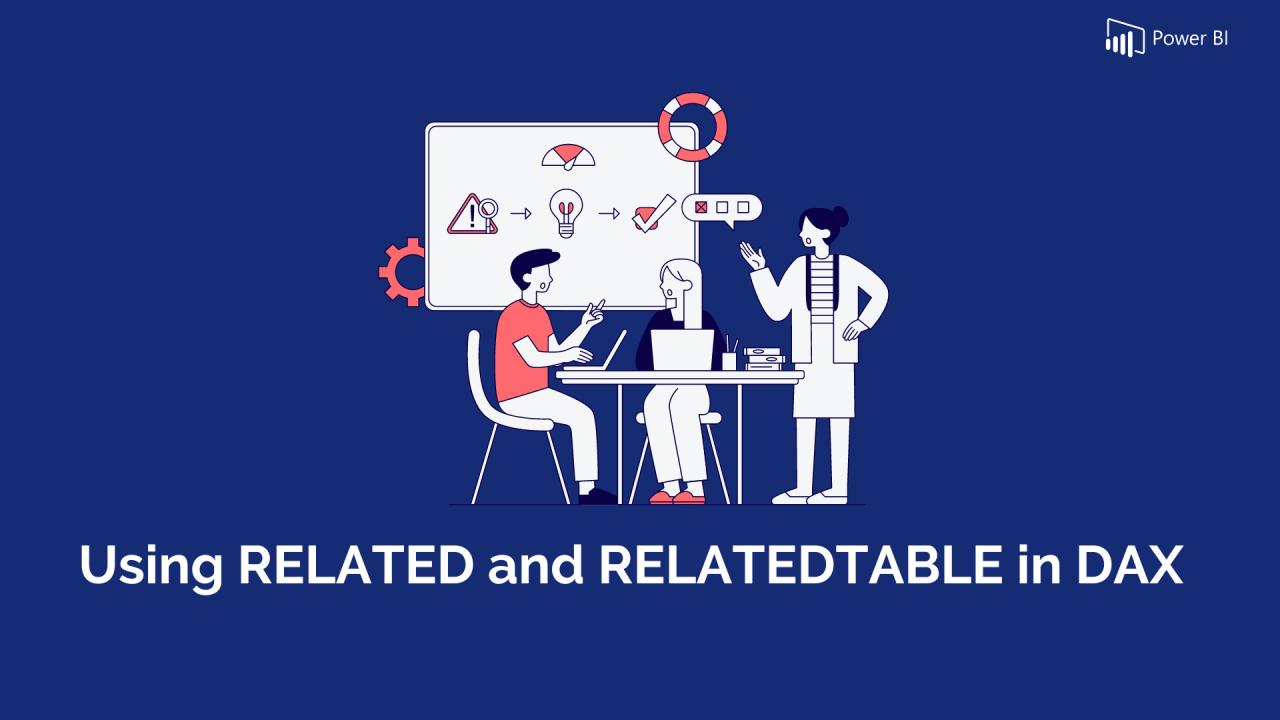Tag: #datavisualization
-

Understanding RELATED and RELATEDTABLE Functions in Power BI
Data modeling is a foundational skill in Power BI, and mastering DAX functions that operate across related tables is essential for creating powerful and efficient reports. Two of the most useful functions for working with relationships in Power BI are RELATED and RELATEDTABLE. In this blog, we will explore what these functions do, when to…
-

Sync planner data to power bi using Power Automate.
Introduction: In today’s data-driven project environments, tracking work progress visually and in real time is no longer a luxury—it’s a necessity. Microsoft Planner serves as a great tool for managing team tasks and priorities, but when it comes to analytics, it hits a wall: there’s no native connector to Power BI. That’s where Power Automate…
-

Battle of the Data Titans: Databricks vs Microsoft Fabric Notebooks
In this blog, we break down the key differences between Microsoft Fabric and Databricks notebooks— comparing their pricing, features, and capabilities — to help you choose the right platform for your business needs. In today’s world, data is the backbone of decision-making, innovation, and business growth. With the explosion of big data, companies need powerful…
-

From Big Data to Big Insights: Paginated Reports Made Easy
Introduction to Paginated Reports: Paginated reports are designed to be printed or shared. They are called paginated because they are formatted to fit well on a page. They display all the data in a table, even if the table spans multiple pages. You can control their report page layout exactly. Power BI Report Builder is…
-

Governance on AI Agents: Ensuring Control, Transparency, and Safety
What happens when an AI agent makes a decision that negatively impacts your business? According to a recent MIT study, 68% of organisations deploying autonomous AI agents report experiencing at least one significant incident related to misaligned agent behaviour in their first year of deployment. As AI agents become more capable and widespread, the need…
-

Power BI Semantic Model Version History – A Game Changer for Data Management
Managing changes in a Power BI semantic model has always been a challenge, especially when working in a self-service environment. Mistakes happen, and without a proper versioning system, rolling back to a previous state was difficult. But with Semantic Model Version History (Preview), Power BI introduces a much-needed solution to track, restore, and manage model versions effortlessly. What is Semantic Model…
-

The Rise of Agentic AI: Transforming Modern Business Operations
Are your employees spending 40% of their workday on routine tasks that don’t leverage their expertise? According to recent McKinsey research, the average knowledge worker wastes nearly half their productive hours on administrative busywork, data processing, and coordination activities. Meanwhile, business complexity continues to increase, with organizations managing 10x more applications than they did just a…
-

Meta’s Release of Llama 4 AI Models: Revolutionizing Open-Source AI
In a world where AI capabilities are advancing at breakneck speed, organizations face a critical challenge: how to access powerful AI models without the astronomical computing costs and environmental impact associated with training them from scratch? Meta’s release of Llama 4 models on April 5, 2025 represents a significant milestone in democratizing access to cutting-edge AI…
-

Mastering Power BI: 15 Essential Rules for Designing an Effective Dashboard
Creating a well-structured Power BI dashboard isn’t just about adding visuals—it’s about ensuring clarity, efficiency, and usability. A poorly designed dashboard can overwhelm users, while a well-optimized one can deliver actionable insights at a glance. Here are 15 essential rules to design the perfect Power BI dashboard, along with practical examples to help you apply them effectively.…
-

Unlocking Enterprise AI Potential: How Databricks Model Context Protocol Transforms Data Access
Have you ever wondered why many AI implementations struggle to deliver consistent value in enterprise environments? According to recent studies, nearly 65% of enterprise AI projects fail to meet expectations, with limited contextual awareness being a primary culprit. When AI models operate in isolation from critical business systems, they become sophisticated calculators without the context needed…